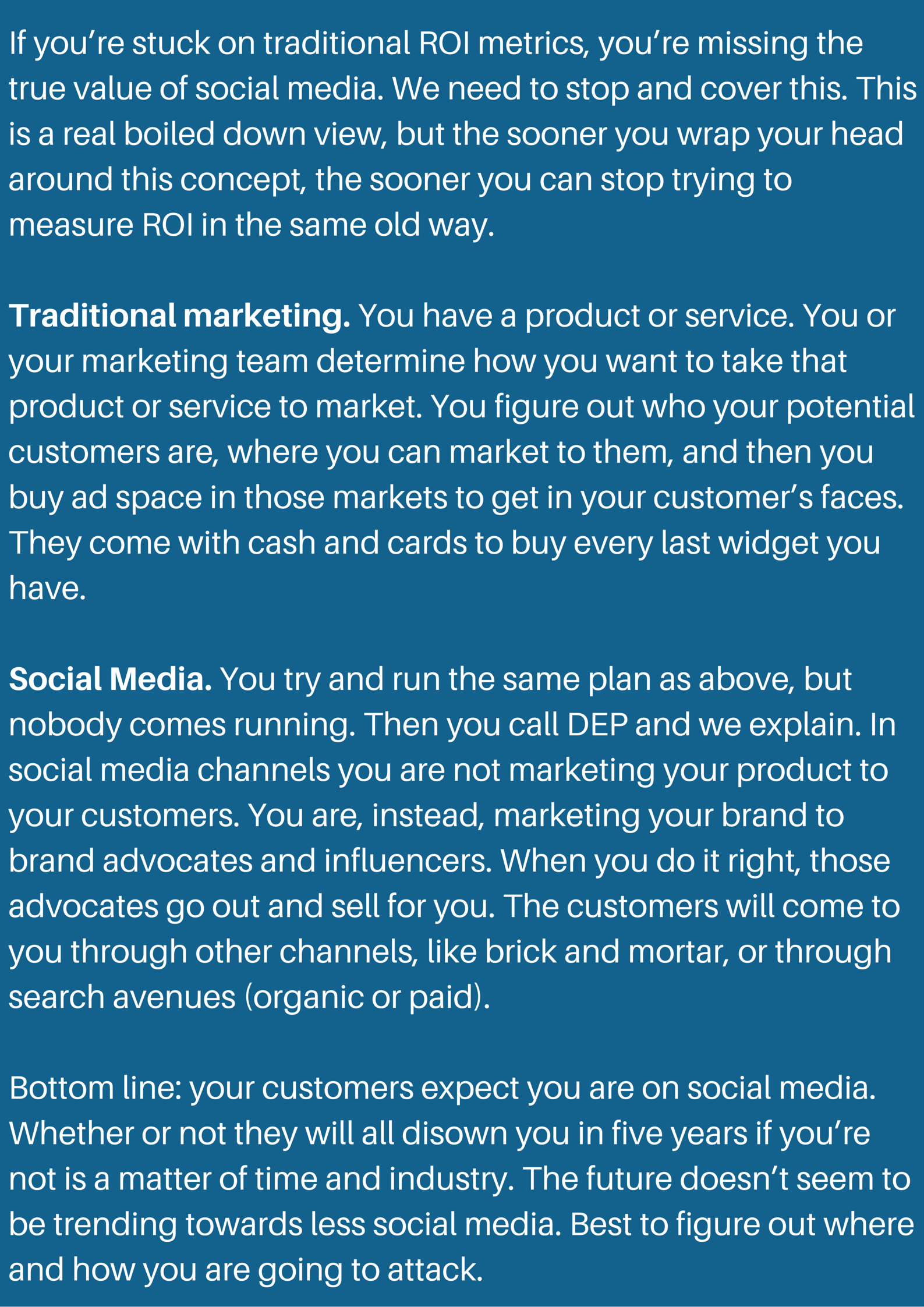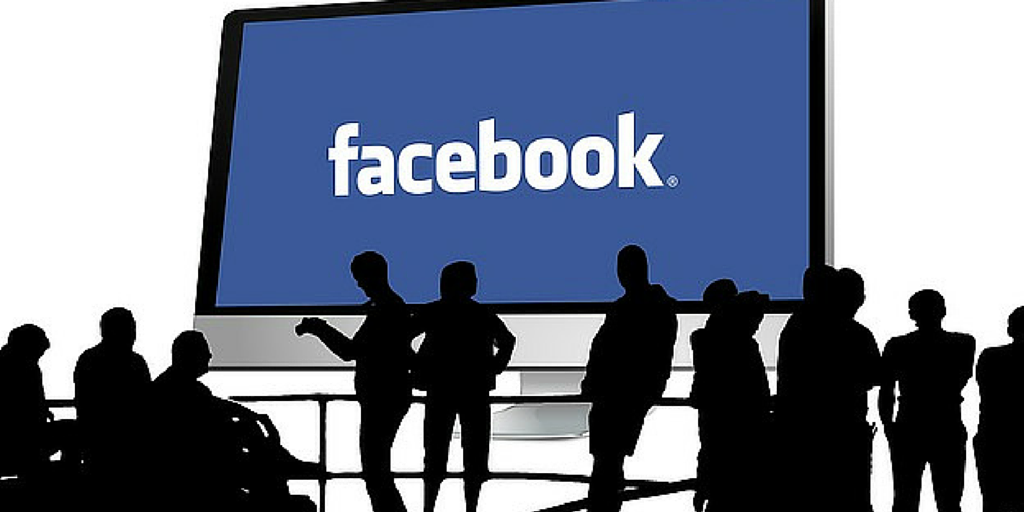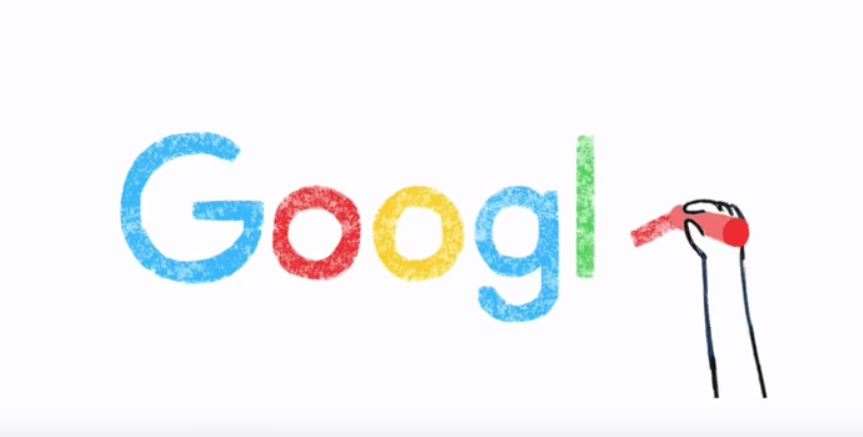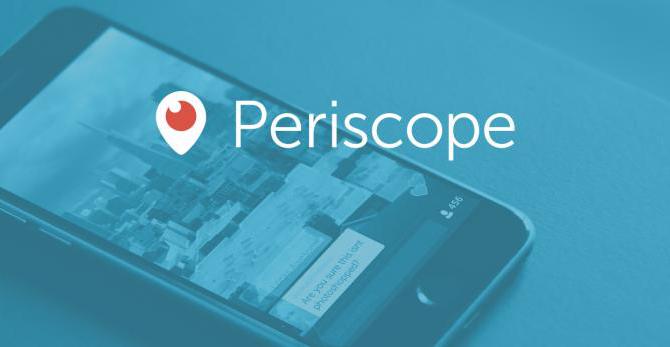Blog
How You Marry Ecommerce and Social Media
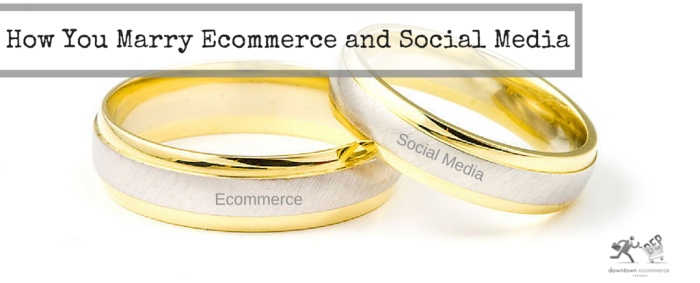 The best question/answer I’ve read recently about social media was to the question “What’s the ROI?” The genius answer (from Katie Stokes, of Blab! Media) was “…we always tell our clients that the ROI for social media is that their business will exist in five years.”
The best question/answer I’ve read recently about social media was to the question “What’s the ROI?” The genius answer (from Katie Stokes, of Blab! Media) was “…we always tell our clients that the ROI for social media is that their business will exist in five years.”
Brilliant.
Can I say for certain your brand will be gone in five years if you don’t leverage your social media options? Nope. Do brands get away with not being on social media all the time? Yep. Should I continue to interview myself? My bad.
The question to which I am referring is from a 2012 Quora entry, and it may surprise you to know that the ROI for social media is still out on a limb. Sure, there is lower hanging fruit, like SEO strategies, and fruit on the ground like paid search, but the artistry of your social media execution will render the sweetest of fruit… just not today, or tomorrow necessarily.
While you chew on that, let’s answer another question that comes up for ecommerce site owners: In which channels should we be active? After all, there are the standards of Facebook, Twitter, LinkedIn and Google+. Not only those, but my sister says I should be on Pinterest, my son says it’s all about Instagram, and my daughter is lobbying for me to set up something called Periscope? Doesn’t anyone YouTube anymore? What happened to Ello? From Facebook to Snapchat, we’re going to bang down every door we can, talk about what each of these offerings has for your ecommerce, and explore how you should utilize them in your social media marketing plans.
Where were we?
This list is not intended to speak to all businesses. Although we work with many online businesses, our brand is ecommerce, so that is where the focus of this blog will lie. That said, the occasional fruity bite may be about other online business platforms and how they may leverage a given channel.
The format will go like this…
- What is the platform about?
- Why your ecommerce should be on it.
- Why you may not want to be on it.
- What you should do on this channel.
- What you probably shouldn’t do.
- And any other notes.
- What? Since the beginning, Facebook has been about connecting people. For individuals, it’s about sharing pictures, activities, and perspectives. For businesses, it’s about building an engaged following and driving traffic to their respective sites without seeming like that is the goal.
- Why? In the United States Facebook is the biggest melon in the melon-patch, by a long shot; 1.49 billion users as of this writing. Second place goes to Facebook again, with Facebook Messenger. Everybody’s on Facebook, even though not everybody is actually using Facebook. They may just have an account where they send Instagram pics, or the tweets from Twitter, but they probably check in once and awhile.
- Why not? This one is tough. While Facebook may not be perfect for everybody and every situation, it really does work for most businesses. The exceptions may be tech businesses without curb appeal. If your widget is for nerds only you may not spend too much time here, but you should at least have an account.
- Do. Post relevant and helpful information directed at your brand’s personas. Haven’t identified who those personas are yet? You’re gonna want to before you start guessing who may be listening.
- Don’t. Overcasting and free advertising are common errors newbies use. Here’s a clue: take a look at how many people engage your content. If you have thousands of followers, but only 9 are seeing your posts, it’s because people aren’t interested. For better or worse, Facebook has figured out a pretty good balance for virility. When you post something they immediately test your post by dropping it into the feeds of a few of your followers. The way those followers engage or don’t engage your content is critical. If they ignore it, so does Facebook, essentially. If they like it and share it, then Facebook shows it to more and more people. Also, be wary of paying for followers. Facebook will show your promoted ads to any Facebook user, regardless of whether or not they follow you. Once they become your customer, then you get them to follow you from your site, with social media buttons.
- The rest. For businesses, Facebook is a pay to play system. That said, your bang-for-buck can be better here than on your PPC campaigns if you have the right people running your ads for you. Users will tolerate ads if Facebook has indicated that your content is sponsored. Most get it by now. It’s not really free, just like TV was never free. Ads are part of the deal.
- What? It’s all about 140 character (or less) tweets. The cherry in our fruitbasket, Twitter is the busiest platform of the bunch. Depending on your feed tweets may live for mere seconds in your life.
- Why? Most professionals use Twitter as a publishing channel for internal and external content. Customers expect brands to be on Twitter and to reply quickly when they @mention a company.
- Why not? You can avoid dropping the ball on customer escalations by not having an account, but you may find they talk about your brand anyways, without your input. This could be very bad, especially if someone creates a hashtag campaign to hurt you.
- Do. Post up to one post an hour, with helpful information aimed at your brand’s personas. Don’t worry about repeating the same post after a few hours. It’s already a whole new Twitter by then.
- Don’t. Missing out on Twitter because you think it’s “all tweeting and no listening,” potentially puts your brand in a compromising spot. Better to set up a profile and set up notifications.
- The rest. You won’t sell products on Twitter, but you will draw users off the platform with the right posts. Due to the 140 character limit, Twitter users are accustomed to links that take them off Twitter. No other channels works this way.
- What? The social media channel for professionals; a perfect red delicious. The LinkedIn UI is easily the most robust offering on the table, which includes the free and pro versions, with various accessories available on the latter.
- Why? What used to be little more than a showcase for resumes, LinkedIn has become a powerhouse of networking for those who best leverage its avenues of communication. Effectively managing your profile as a leader in your organization will put thrusters on your organizations posted content. See: Richard Branson and Virgin
- Why not? LinkedIn won’t cause you any hardship to set up a profile for you and your company. Some people are deterred by the robust layout of options, but the time you spend there will be worth establishing yourself and your brand as professionals, provided you keep your content professional.
- Do. Get involved with communities. Pick three main communities, peer-related or better yet, places where your customers will be hanging out. Schedule time to involve yourself. Ask questions, sure, but offer helpful answers.
- Don’t. Post anything that demonstrates you don’t understand the definition of professionalism. Don’t try to sell on LinkedIn. As on any platform, unsolicited direct messages that are attempting to pitch anything are not only unwelcome, but taboo. See the DEP Box.
- The rest. You won’t sell any products on LinkedIn either, but you will separate yourself from brands that don’t want to be measured professionally.
- What? After a few sputtering failures, Google+ is the brand’s most legitimate entry into the social media world. It’s the mixed fruit option. While some of the decision making along the way has turned a few users off from the platform, it remains an active corner of Google, and therefore, the internet. Never the Facebook killer the media labeled it as, Google+ continues to draw the attention of brands and technical folks alike.
- Why? If your product is software, hardware, or anything technically related, you have to be on Google+. That includes online marketers. With time, you will find an active audience on Google+ whereas you likely will not on Facebook. There are niches where non-technical brands have found homes, but we don’t have the space to explore the exceptions.
- Why not? While a profile and syndication of some regular content has value for any brand, you may not find a home here if your product is fashion-related ecommerce.
- Do. Create a profile and post at least once a week
- Don’t. Post more than once a day unless an emergency comes up.
- The rest. Google+ is getting some attention right now because of some changes in their organization. Rest assured, the channel is not going away.
YouTube (Vimeo, and other video networks.)
- What? The endless argument about channels like YouTube is whether or not they are social or search platforms; the apple versus orange arguement. The best answer is probably that they are a little bit of both. YouTube is the second most popular place to search online, so by that standard it’s search. On the other hand, users create profiles, create their own YouTube channels, like, comment, and share each other’s content, more like a social network. There’s even a feed. Whatever your opinion, know this, YouTube is on top right now for video channels.
- Why? Get an account no matter what and stash the credentials someplace you can easily find them later. Even if you don’t plan to produce content today, if you stick around long enough, you will.
- Why not? Creating videos for the sake of creating videos can be time consuming if you don’t have a good plan. If they don’t connect to some kind of metric, like a follower increase, or site traffic, then you really have to ask if your time is well spent?
- Do. Set up an account. Follow a few brands you respect.
- Don’t. Forget how you are logged into YouTube and engage content inappropriate to your brand.
- The rest. YouTube recently unhinged itself from Google+, so we expect it’s popularity to rise even further. Many users were put out being forced to create Google+ accounts in order to make comments on videos.
Periscope (Meerkat, and Snapchat)
- What? Periscope launched around the same time as Meerkat, and well after Snapchat. All three of them attempt to provide slightly different versions of the same thing: streaming service. These are your star-fruits, mangos, and papapayas. Periscope is the leader right now, likely because it’s owned by Twitter. None of these platforms exist for standard operating systems but were designed to be standalone apps for smartphones.
- Why? If your brand is all about being cutting edge, or appealing to a young adult audience, then you may consider getting in on the ground floor of this channel.
- Why not? Because we don’t yet know how to best leverage this channel, as we have no existing social media plans which include a presence on Periscope, we can only speculate that risks here are similar to YouTube.
- Do. Post fun, non-polished, on-the-go videos of visually stimulating and newsworthy content.
- Don’t. Spend all of your budgeted time here yet.
- The rest. The future will have a place for streaming content. At the speed of things, that future will likely be before this time next year. We’ll keep you posted on our involvement and experience. Speaking of newsworthy, Periscope is rumored to be making an appearance on the next Apple TV.
Obviously there are tons of delicious and healthy social media options for your ecommerce. While you may decide to create accounts in all of them, you want to pick the best one or two from the basket for your ecommerce. You simply cannot master all of them all of the time. If you’re worried about the landscape shifting, don’t worry; it will. You’ll want to reconsider your channel focus every 90-180 days.
Throughout this blog, we’ve referred to your social media marketing plan. If you skimmed over those parts or considered that a plan wasn’t necessary, we would advise you to reconsider. Planning where you will be and how you will be there is critical to the measurement and success of your social media time-spend. Without a plan of some sort, you’ll likely find other things that take your attention. Don’t want to go to all that trouble? Contact us. We would be happy to help.
–Damon Mitchell | Social Media Director
Categorised in: Blog, Ecommerce, Social Media
This post was written by downtownecommerce_admin
